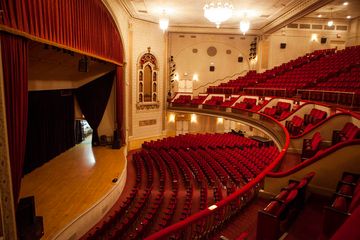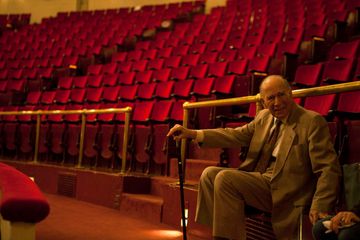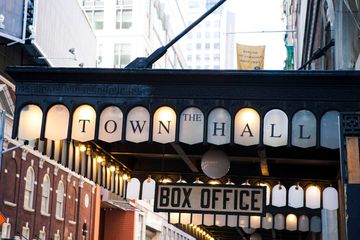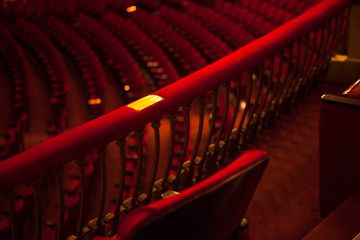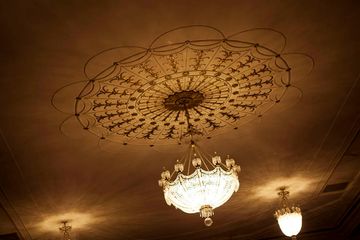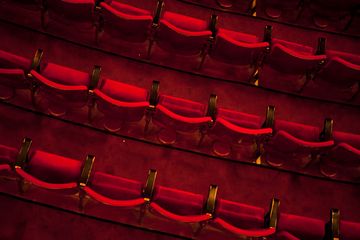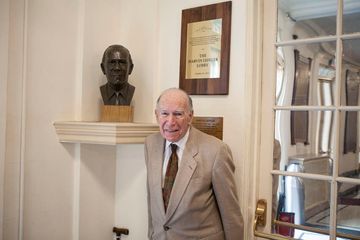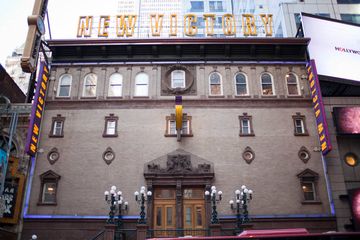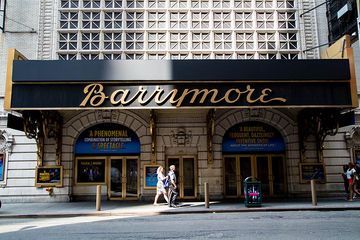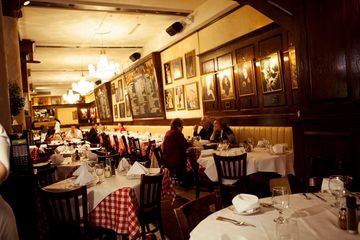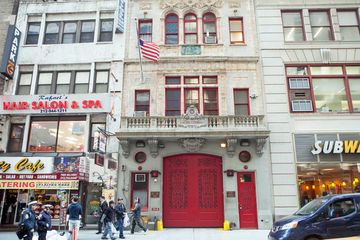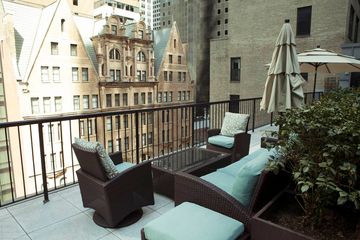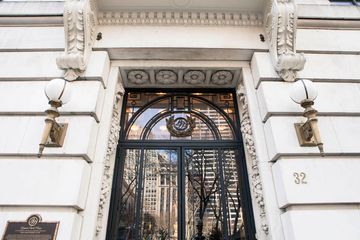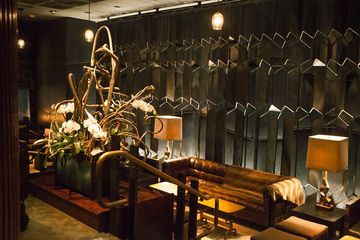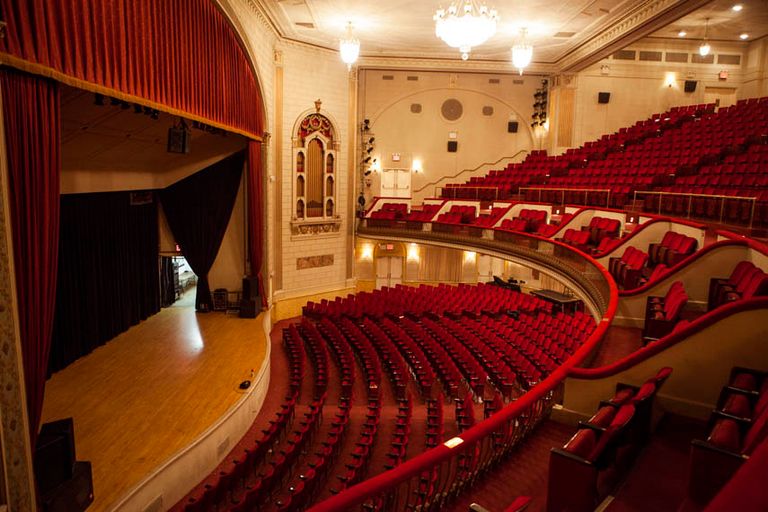
There are a number of places that have brought back fond childhood memories as I have walked the past 43 Streets, but none can match what The Town Hall building means to me. Perhaps the best part of my reflection was sharing stories with my dad, who is now ninety. In the 1950s, he played an instrumental role in the founding of the NYU Club, which was housed in this historic site for some forty years.
While working in the bank, my dad overheard a conversation between Herb Silverman, a member of the board of trustees of New York University, and Jules Bachman, a professor at the school regarding the formation of an uptown alumni club. He jumped in and said, "I am a graduate of NYU, can I help you?" The men turned around, looked at him and said, "Great, you are our new treasurer." Fourteen years later, my dad suggested that perhaps it was time to find someone else to take over his responsibilities. Members of the board replied that was fine, but as my dad tells it, "they got me back - they then made me president!"
The NYU Club was a social place without any pretension or exclusivity. It was my home away from home. It is where I learned to become a bit more adventurous in my eating habits, and where I experienced sitting around the dinner table with numerous adults participating in their conversation. As a little girl they welcomed me in and actually listened to what I had to say. I grew up here, announcing both my engagement to friends over lunch and years later, my pregnancy at my father's retirement party from the bank that he had worked in for forty-seven years.
It was a sad day for many of us when the club was forced to close. After a long run, it basically ran out of members. Today, however, the NYU alumni gather at the Princeton Club further east on this same street.
Having outgrown the various spaces that a league of women had rented over the years, the Town Hall opened its doors in 1921 with the goal "to make educated and politically sophisticated voters of both New York women and men." In an effort to stay afloat, not only were relevant lectures given by prominent political people (including presidents and Eleanor Roosevelt), but concerts began to be played followed over the years by entertainment in the arts.
During the 1950s and 60s, the Hall was rapidly losing money. This area of Manhattan had become unsafe and they were facing competition from Lincoln Center where people were flocking for the Philharmonic, opera and later, the ballet. They also found that people were turning to their televisions to listen to lectures and various debates on similar subjects that the Town Hall was promoting. Despite some rough years, the Town Hall went on to invite some of the top artists and speakers of the time including Kurt Vonnegut, Jr., John Houseman, Henny Youngman, Ruby Dee, Lillian Gish, Alan King, George Plimpton, Norman Mailer, Bette Davis, Joan Crawford, Lana Turner, Margot Fonteyn and Rudolf Nureyev.
Unfortunately, despite the popularity of their entertainment, the Hall was close to being shut down at the end of the 1970s. It was Marvin Leffler, however, a dear friend of my parents and a member of the NYU Club, who had the foresight on how to make the necessary changes to keep the Town Hall functioning. He single-handedly overcame numerous obstacles including the tremendous debt that they had incurred, negotiated with NYU and went on to make a profit. Over the years, I have had the pleasure of sitting in the audience and listening to some of the world's most popular musicians, singers and comedians perform. Since 1978, Mr. Leffler, along side the director, Lawrence Zucker, "have been instrumental in applying sound business practices and artistic integrity in steering the Hall through changing times, tastes, and economic conditions and, in so doing, have restored it both physically and programmatically to its present financially viable state."
